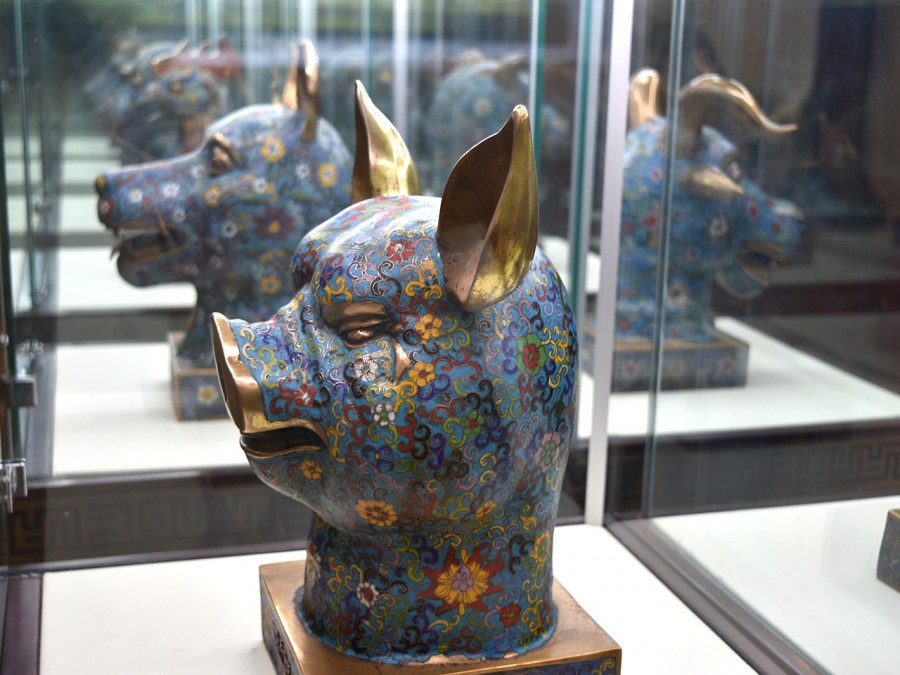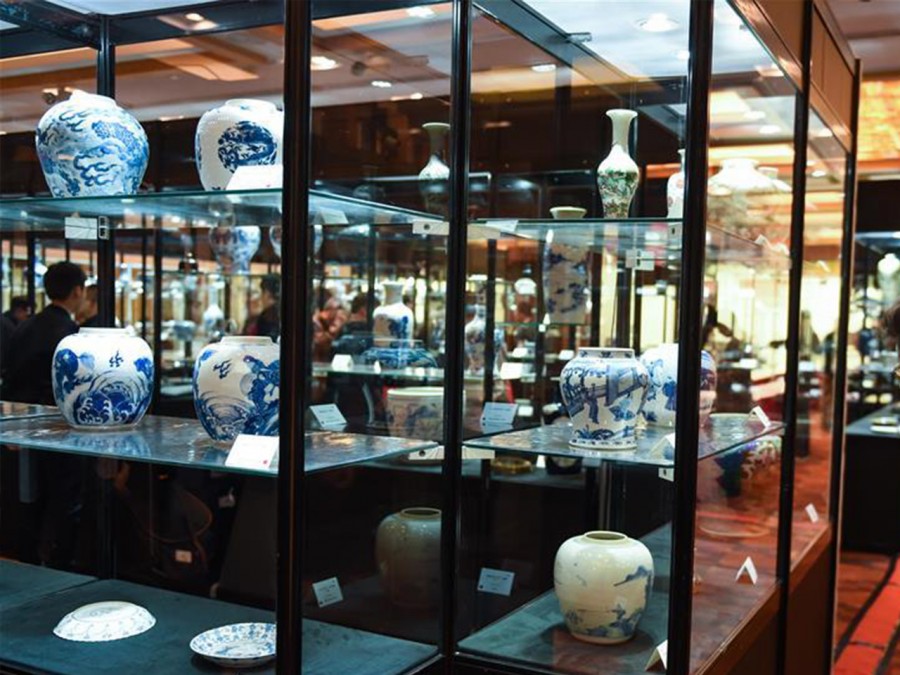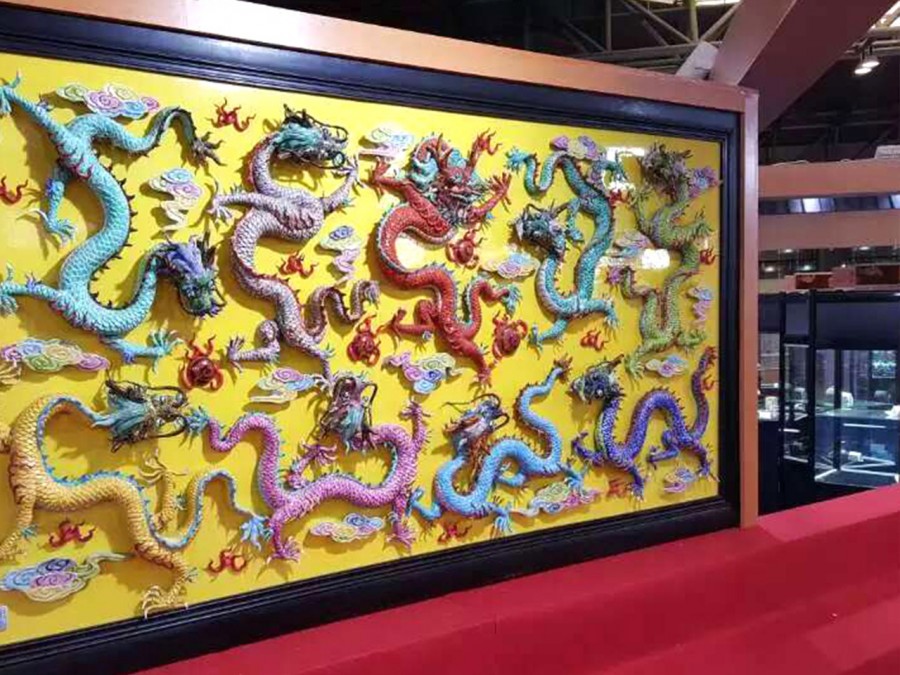Essentials for Investing in Art Advice from Collectors and Art Advisors
- OGP
- Apr 15, 2020
- 4 min read
Updated: Oct 6, 2022
By OGP Reporters / Members Contribute File Photos
Oh Good Party
The one-of-a-kind nature of each work of art leads to a high rate of return on investment as well as intangible worth. In contrast to the earlier self-interest, collecting artworks is progressively evolving into a wider scale organisational behaviour. Organizational art collections are both a form of cultural heritage preservation and an essential commercial investment.
Artwork has become a major source of investment in Asia in recent years. Sales in China have increased by nine times in the last ten years, with an annual increase of more than 40%. Currently, the North American market is the largest art investor, followed by Asia-Pacific and Europe. The luxury jewelry, high-end items, antiques, contemporary artworks, and other stuff cost the affluent 15-17 percent of their assets. The one-of-a-kind nature of each work of art leads to a high rate of return on investment as well as intangible worth. In contrast to the earlier self-interest, collecting artworks is progressively evolving into a wider scale organisational behaviour. Organizational art collections are both a form of cultural heritage preservation and an essential commercial investment.
The annual organisation collecting budgeting is around 45 billion yuan, and Asian collectors have the purchasing power of the top 60% of the world arts market, with an annual investment spending rise of 18%, accounting for 27% of the total. In this instance, OGP's investment experts and collectors would be honoured to provide you with some art investing advice.
How can you get a decent return on your art investment?
To begin with, not every work of art is deserving of being collected. When collecting antiques, for example, collectors frequently disregard the value of art in favour of obsessing on the antique's age. It is not worth the expenditure, even if the antique was made at the earliest date, if it was a mass-produced piece, or if it has no artistic merit. It is critical to invest in an item that is historically, culturally, materially, and artistically valuable, in addition to discriminating between the true and the false.
Second, it is extremely rare for a work of art to be retained in its original state across time. Even damaged pieces, however, would be worth investing in if their basic qualities and significance were not lost. Anti-Buddhist persecutions, for example, have resulted in the destruction of a great deal of priceless Buddhist art. The value of art is frequently reduced as a result of damage and destruction. If the piece's fundamental components were lost in the devastation, it's probably not the finest addition to a collection.
Third, it is not uncommon for many collectors to be drawn to the works of well-known artists. Although it is not correct to argue that the works of more well-known artists are inherently more valuable than those of lesser-known artists, it is an important consideration to consider when buying art. However, when making a judgement, the creative aspects should take precedence. Collectors of calligraphy art, for example, frequently select dated, distinctive, or the artist's final pieces. Nonetheless, collecting the artist's earliest and most recent works is not recommended, as these are likely to fall below the artist's genuine level. Early works are "practiceworks" for the artist, and as the artist becomes older, his or her control over body movements deteriorates.
Fourth, there must be a central subject to the collection. When it comes to developing a collection, there are many alternatives, but even if you have a lot of money to invest, it is advised that only 1-3 types of things be chosen as the collection's themes. Quality is unquestionably more important than quantity. Art is valuable, but it is also costly. As a result, when making a decision, it is critical to examine quality considerations rather than merely the artist's future potential. Many artworks have extremely high commercial values despite having very low real artistic values. It is vital that only the most valued pieces are added to the collection, not merely the most expensive.
Fifth, genuine works of art are more valuable than replicas. A successful artist's work exhibits distinct originality, traits, and skills, and is easily identifiable even without a signature. The artist's history, as well as how they perceive the world through their own unique lenses, can be totally deduced from their work. It is more vital for collectors to collect works of art that have artistic traits rather than random works by well-known painters. The most valuable pieces of art are those that are one-of-a-kind and unique.
Sixth, jewellery is one of our "best friends." The most common reasons for collecting jewellery are to accessorise or to pass down a family heirloom. They also gain value over time, despite inflation risks, and can be simply exchanged for monetary currency. However, this benefit only applies to jewels weighing 3 carats or more; gems weighing more than 5 carats are optimal. When deciding whether or not to purchase a piece of jewellery, it is critical to consider its beauty and rarity. The most valued are those that are one of a kind. It's worth noting that the current indicators of activity in the gold market are well worth your time and money.
Finally, by accurately understanding the sector, it is vital to remain sensible when making investment judgments. These types of activities, whether studying from qualified professionals or visiting collector's events, can help you make more accurate investment judgments, because who doesn't want to own the best piece of collectible?










Comentários